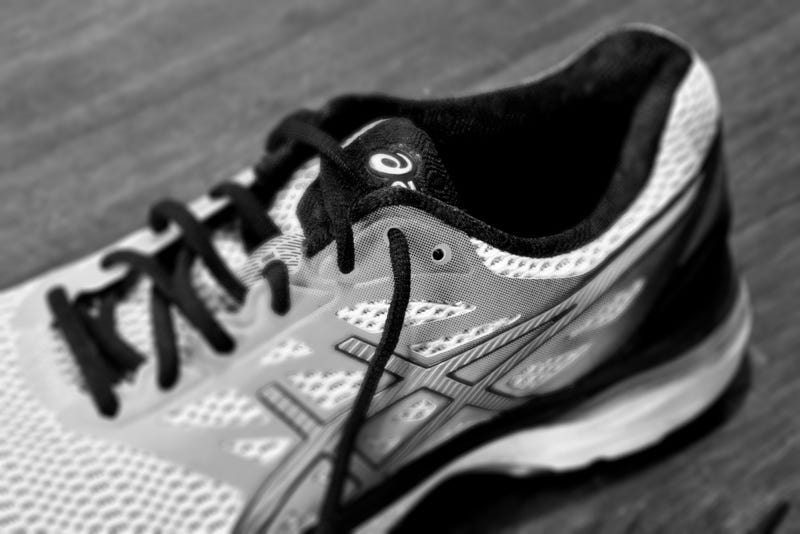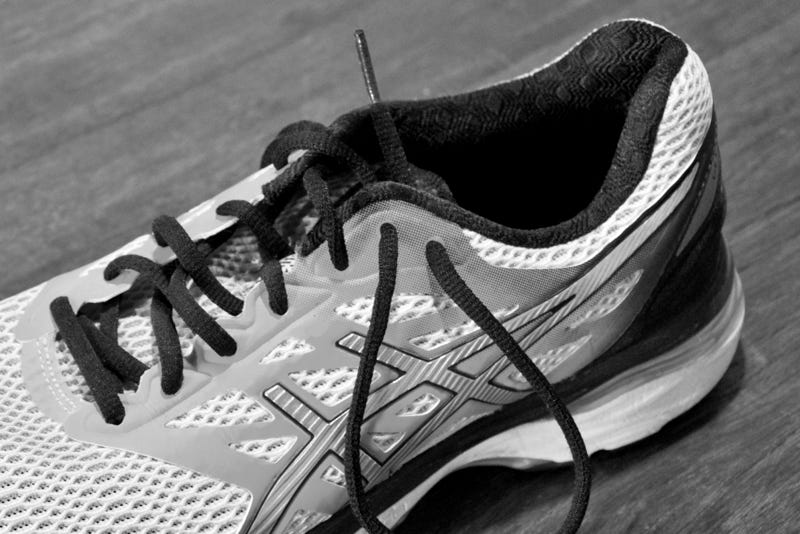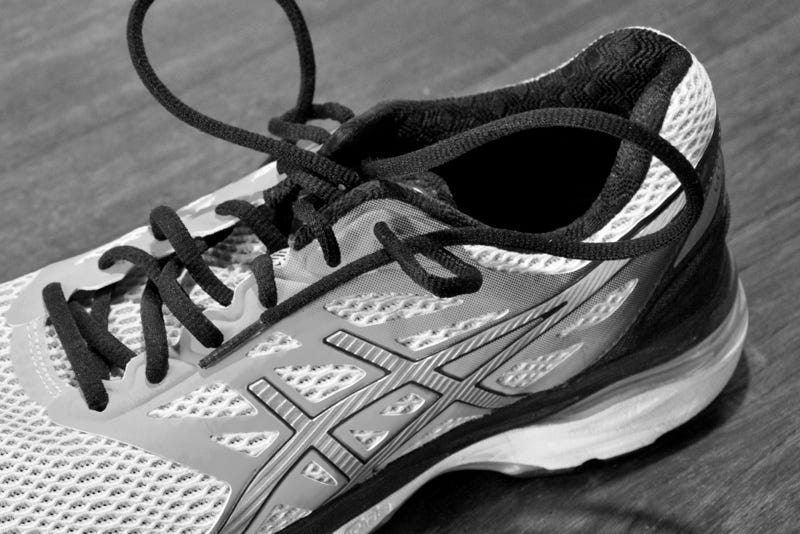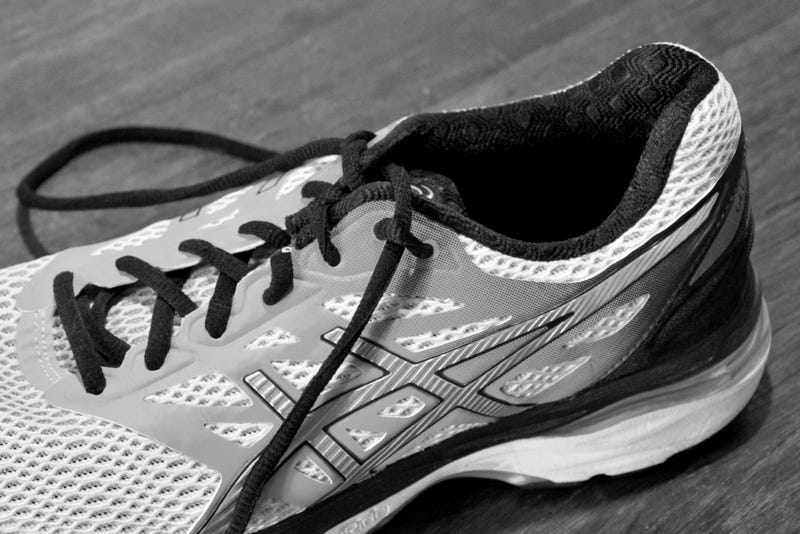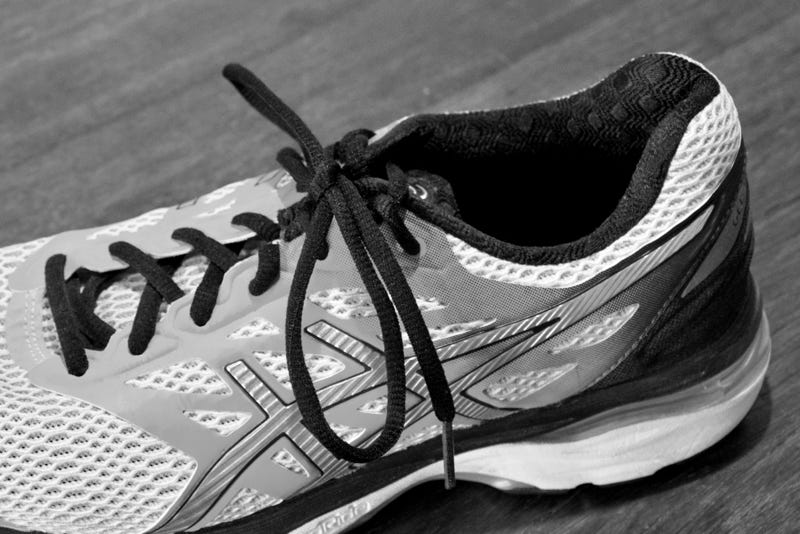Running shoe extra hole
Author: Branding & Social Media
Date: Mon, 28 Jul 2025
If you are not a Pro Runner, the chances are this post is for you… Do you know why running shoes have an extra eyelet hole?
Obviously if you are a running enthusiast you probably know the answer by now, otherwise you must be still enjoying your jogging on a leisure manner and maybe wonder what those extra lace holes are for. The short answer is… blisters! That’s right. According to several sources, this feature on running shoes are meant to prevent that nasty phenomenal which can be unpleasant for a few days!
Blisters are the result of the combination of three factors, heat, moister and friction. While running our body generates heat, on top of that we start sweating, and if your shoe is not properly tight to your foot, it will occur friction between the shoe lining and your sock or directly with your skin. Now, we can easily avoid this to happen if we remove one of those three factors. Since avoiding the heat and moister proves to be quite challenging in this scenario, we can however remove friction out of the equation. This is where the extra holes comes in very handy, let’s see how.
As a common practice, when we purchase a pair of shoes for running, it might be wise to get a half size or a full size above the regular size we use. This is a good option to accommodate our feet more comfortably while running, since they tend to lightly swallow due to the physical stress. But once that the shoe is slightly bigger than our feet it means that there will be some loose room and obviously we will not have a good tight fit.
Turns out that extra eyelet is meant to workaround this issue, its purpose is to tie the shoes extra tight with what the running community commonly refers as a "lace lock" or "heel lock" or “racer’s loop” method. Let us show how it’s done:
There you go, now your shoes still have enough room inside for your feet to feel comfortable while running and increases the tension that the top lace applies against the instep of the foot, not allowing your heel to slip up and down, and by consequence removing the friction factor.
